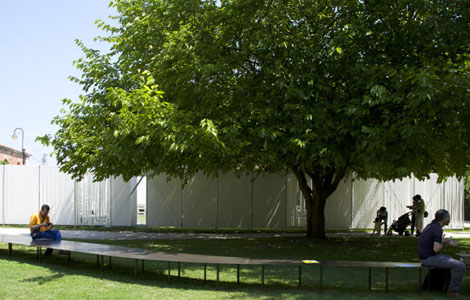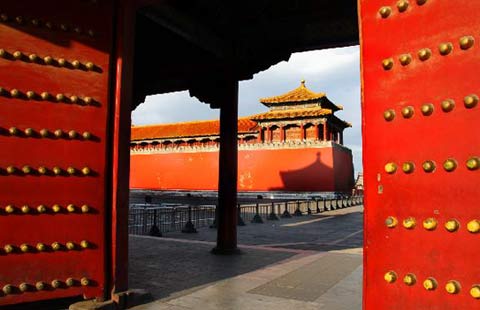Beyond the Mogao Caves
By Sun Yuanqing ( China Daily ) Updated: 2014-06-20 07:10:54
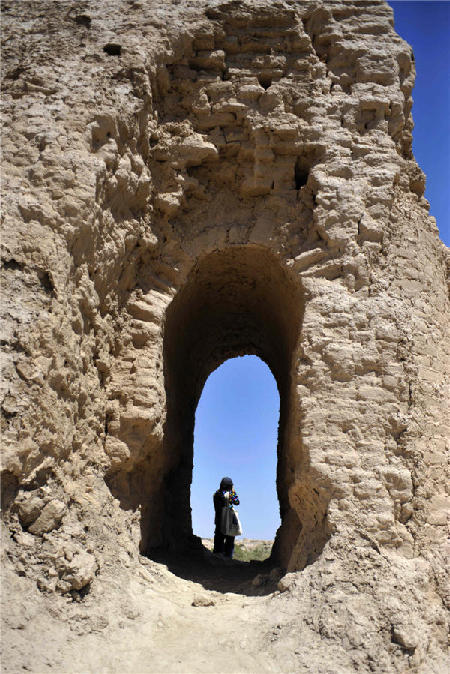 |
|
Dunhuang has a lot to offer to tourists with an interest in history. The Suoyang City ruins are one of the biggest attractions. [Photo/Xinhua] |
When people think of Dunhuang, the first thing that comes to mind is usually the Mogao Caves, the famous ancient Buddhist sculptural site.
The caves were one of the first cultural relics in China to make it on the UNESCO World Heritage list, and they are likely to be joined by more sites from the Silk Road in June, such as the Yumen Pass, the Xuanquanzhi site and the Suoyang City ruins.
|
|
|
|
If you visit the caves, consider staying a few days to enjoy these lesser-known sites before their fame spreads.
If you follow the path of the ancient merchants, you will first arrive at the Yumen Pass, about 80 kilometers northwest of Dunhuang city. The frontier pass connecting Central Asia and ancient China was a place where officials and jade traders passed through to reach the western regions.
The site consists of the Small Fangpan Castle, the Big Fangpan Castle and a section of the Great Wall from the Han Dynasty (206 BC-AD 220). A large number of bamboo slips have been discovered at the site.
The Big Fangpan Castle, built with rammed earth and millet, used to be the quartermaster depot for troops on the border. The remains are more than 6 meters high, and the thickness of the walls keeps the castle cool in summer and warm in winter.
The castle has been stripped of all adornment, pillaged throughout many dynasties, leaving only the adobe walls. This is also the area to see mirages and streamlined hills carved from bedrock by wind abrasion.
The site plans to build a new tourist center with a 3,000-square-meter parking lot, a shopping center, a museum and a digital movie theater.
To reach Xuanquanzhi site, one must pass through many kilometers of the Gobi desert. You might wonder how people survive the heat and drought of the desert until you stop at the Xuanquanzhi site, which translates to the "post house of springs".
Tucked away in the mountains, the Xuanquanzhi is a spring that saved famous general Li Guangli and his army from thirst on their way back from a victorious battle in Ferghana Valley in Central Asia during the Han Dynasty.
After refueling by the spring, you can climb the sandy mountains and discover the beacon towers. It might involve your hands and a helpful friend to conquer the sandy mountains - miniatures of real mountains that make the surrounding proportions feel strangely wrong.
Back on the road you will be greeted by forests of red willows, a prelude to the Suoyang City ruins. Unfortunately for us, the worst sandstorm in more than a decade blocked our view and made it almost impossible to walk steadily.
As we struggled to the top of the city wall, the city finally revealed its admirable scale and grandeur despite the blanketing sandstorm.
With battery carts, tour guides and a history museum, it is also the best-equipped heritage site of the three.
You can always find a shelter along the tourist path and meditate under the willow about your next journey.
|
|
|
|
|
|
|
|
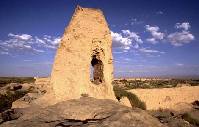
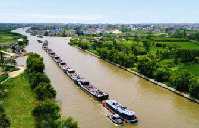

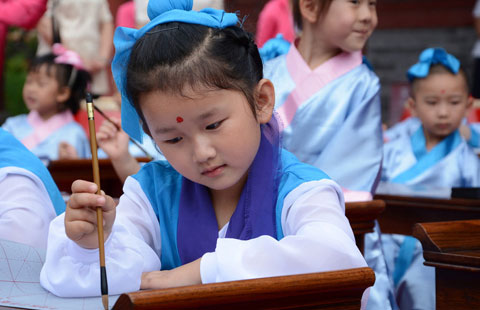




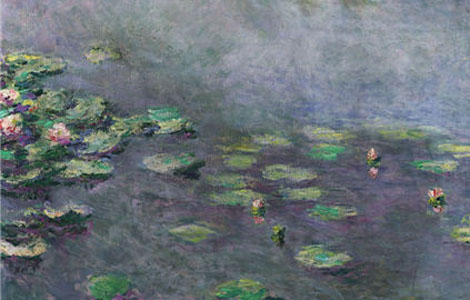
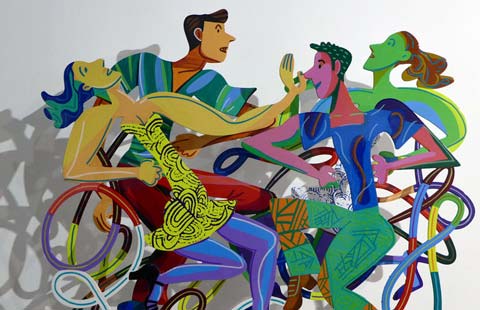















 Raymond Zhou:
Raymond Zhou: Pauline D Loh:
Pauline D Loh: Hot Pot
Hot Pot Eco China
Eco China China Dream
China Dream China Face
China Face



